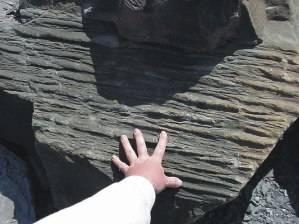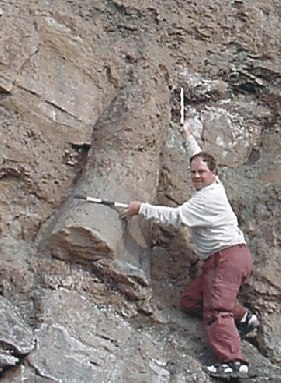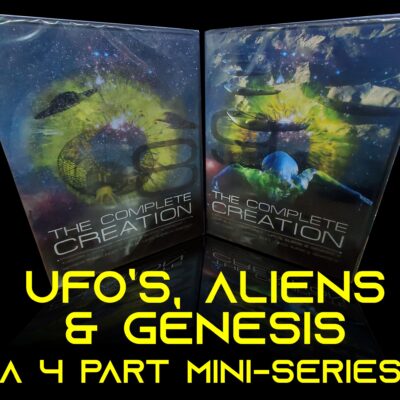I’ll finish up from the last article with a few more giants from the past (the ones that wouldn’t fit on the last chart!).
Once again, down in the bottom left hand corner is a man standing roughly 6 feet tall for scale. Since he is no longer good enough to provide scale, I’ve thrown in a scale sized 747 Jumbo jet silhouette for fun.
Please note first off in front of the 747 nose is a cattail – a bull rush. Growing today usually 3 to 6 feet tall, in the fossil record they are found growing up to 60 feet tall!1
About to have the man for dinner is Sarcosuchus Emperitor, dubbed the “Supercroc”. A crocodile some 45 feet long.2
Recently I returned from the famous Joggins cliffs in Nova Scotia, here in Canada. While there I was able to see and photograph first hand some of the species of plant found towards the right of the chart, Lepidodendrun. The cliffs have different species of lycopods such as Lepidodendrun and Sigilaria. Their modern day counterparts are the club moss, which today grows about 16 inches in tropical conditions.
Sigilaria, shown here, grew up to almost 100 feet tall. Here is a smaller one, roughly 70 cm at the base. They have been found at Joggins up to a meter at the base.
Although I didn’t find any large, intact Lepidodendrun, I did find this rather large chunk of fossilized bark from one. My hand is in the photo for scale but clearly it was considerably larger in the past.3
 And last but not least on our chart is Megalodon.4Megalodon was a shark arguably between 50 and 100 feet long. You might think that that is a rather large margin of error. It is. You see, that is because it is difficult to tell the size seeing as how shark skeletons are made of cartilage and hence decompose rather than fossilize. We can estimate their size however by their fossil teeth which we do find. I’ve shown the one in our chart at roughly 75′ to compromise.
And last but not least on our chart is Megalodon.4Megalodon was a shark arguably between 50 and 100 feet long. You might think that that is a rather large margin of error. It is. You see, that is because it is difficult to tell the size seeing as how shark skeletons are made of cartilage and hence decompose rather than fossilize. We can estimate their size however by their fossil teeth which we do find. I’ve shown the one in our chart at roughly 75′ to compromise.
We will discuss this subject in more detail in the future and venture into proposed explanations for this bizarre phenomena.
References / footnotes:
1. Personal communication, Dr. Carl E. Baugh, director, Creation Evidences Museum, Glen
Rose, TX [Return]
2. On line resources: www.supercroc.org [Return]
3. On line resources and references: Nova Scotia Museum of Natural History [Return]
4. There are loads of resources and references pertaining to Megalodon, merely visit your library or do an internet search. [Return]






Ian, I am looking for articles and resources as to why Giantism, genetics, environment?
OriginsUnited@gmail.com David